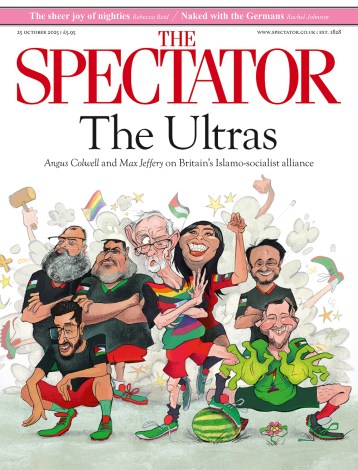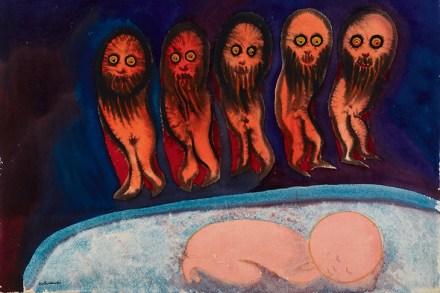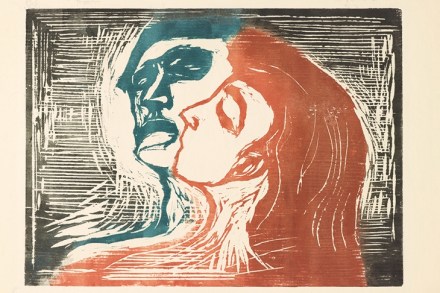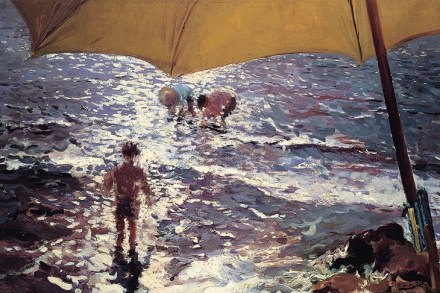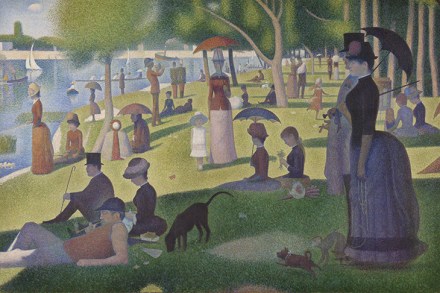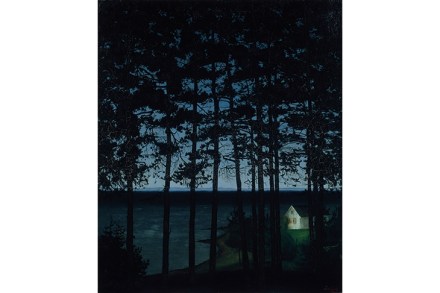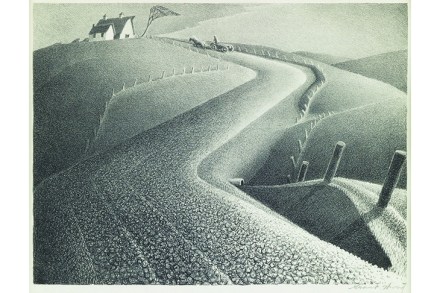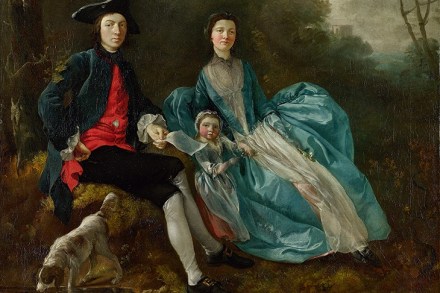Double diamond | 13 June 2019
‘It is no easier to make a good painting,’ wrote Vincent van Gogh to his brother Theo, than it is ‘to find a diamond or a pearl.’ He was quite correct. Truly marvellous pictures are extremely rare. To make one, Vincent went on, you have to ‘stake your life’ (as he, indeed, was doing). Well, there is just such a jewel of a painting — only one by my count — in Francis Bacon: Couplings, an exhibition at Gagosian, 20 Grosvenor Hill. In some cases, the title of the show is literal. Several pictures depict two naked men in a ferocious sexual tangle. As a subject, this is perhaps still

